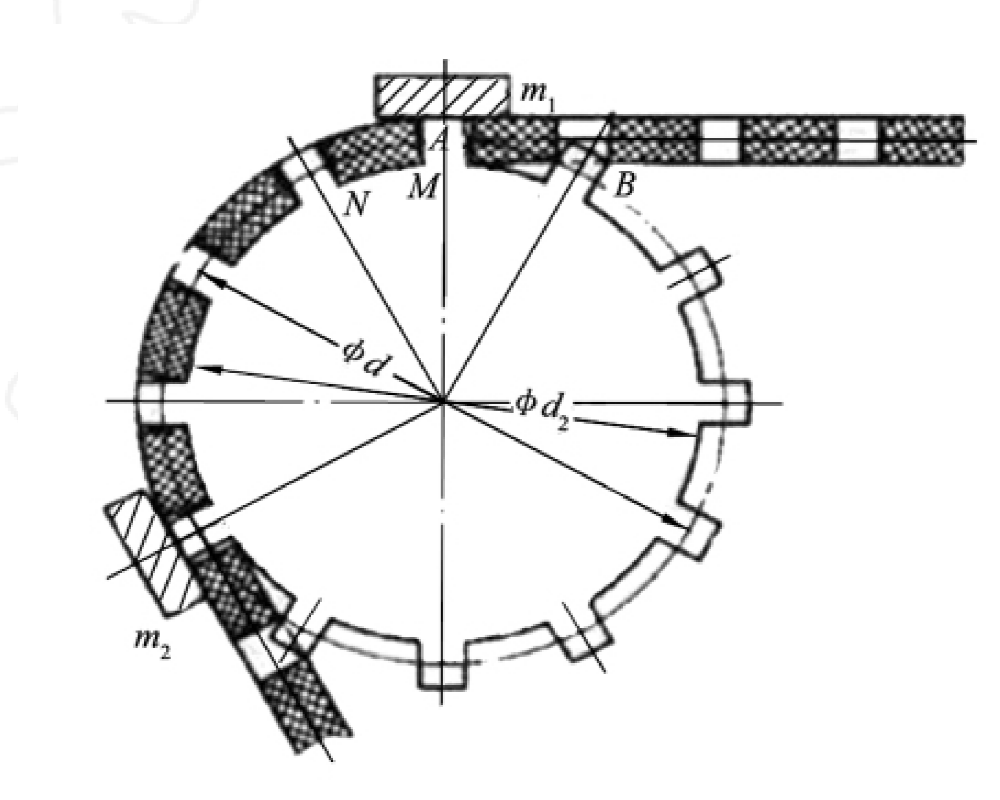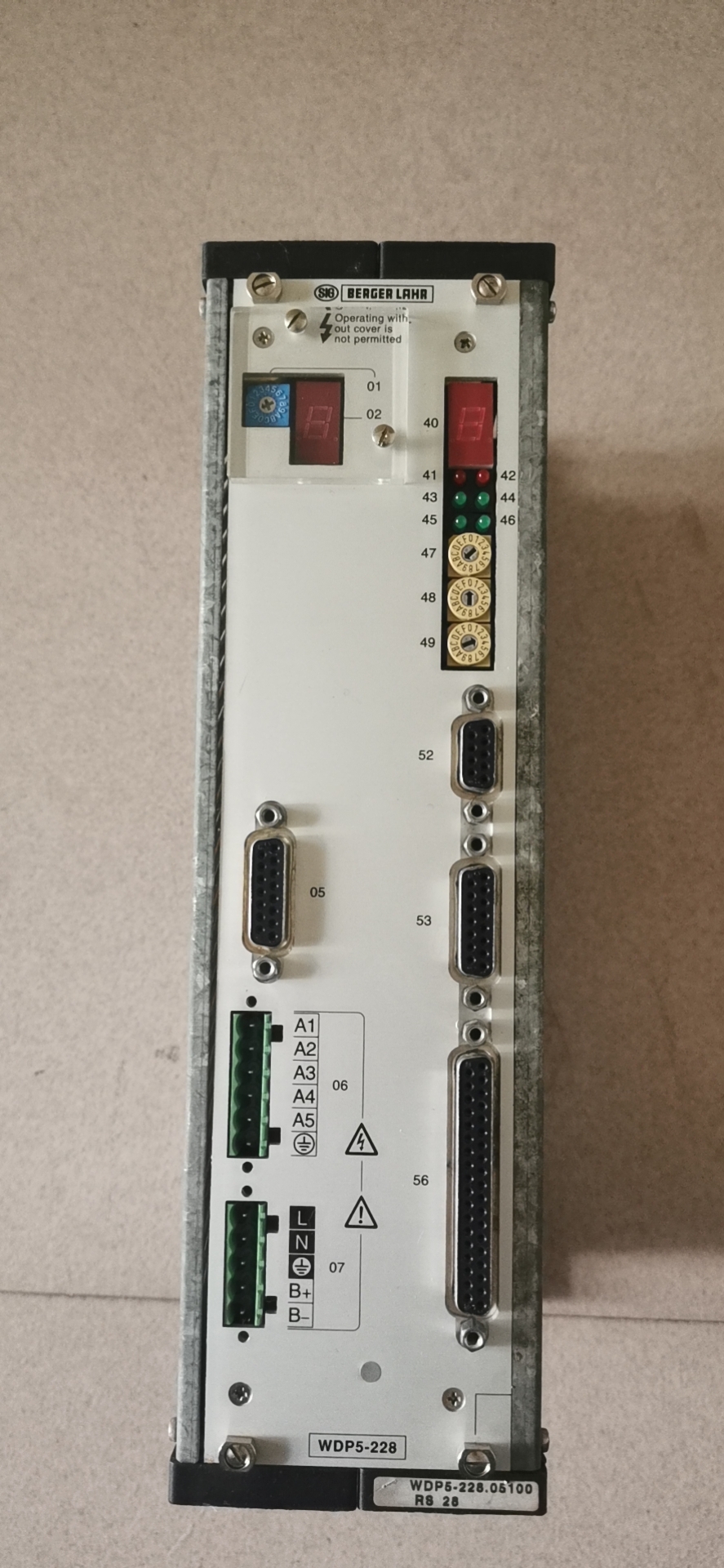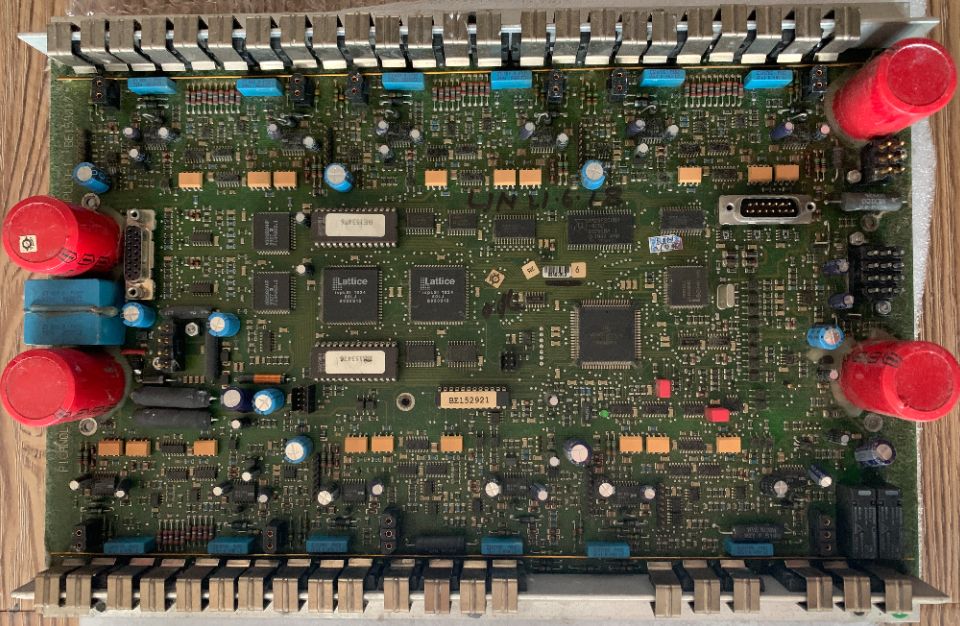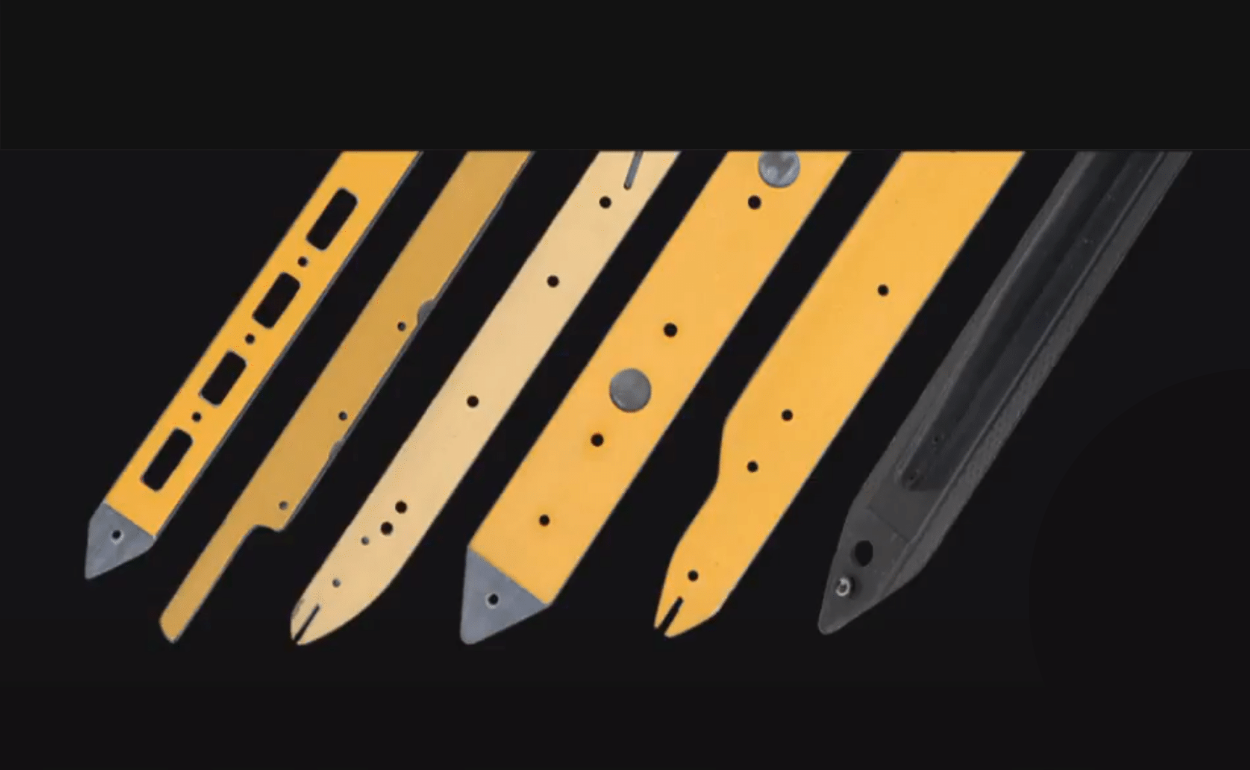The Wear Factors of Rapier Head and Rapier Tape on Flexible Rapier Loom
The rapier loom is ideal for mills with frequently changed patterns and limited demand due to its reliability and versatility. Its price is relatively lower than other types of shuttleless looms, while the application rapier loom is extensive.
In the production process, due to high-speed weft insertion, the consumption of the rapier head and rapier tape accounts for more than half of the total materials consumption. Therefore, research and study on the mechanism and influencing factors of the wear-out of rapier head and rapier tape is crucial to prolong the service life, lower material consumption, save production costs, improve product quality, and enhance the market competitiveness of products.
1 Analysis of Wear-out of The Rapier Head and Rapier Tape During Weft Insertion/Picking
Weft insertion mechanism or picking is one of the five primary mechanisms of the rapier loom. The weft yarn is introduced into the shed to form the desired texture of the fabric. During picking, the weft yarn is always actively controlled by the rapier head, and the weft insertion has fewer errors and high reliability, making it possible to realize difficult weft insertion like carbon fiber. Its adaptability in textile products is extensive and has more advantages in yarn-dyed fabric.
1.1 Analysis of wear-out of rapier head
Main wear-out parts
The rapier is the crucial component for weft insertion. In application, the rapier head is worn out for various reasons and leads to weft insertion failure. In severe cases, it may even cause a lot of warp breakage, affecting the fabric quality.
The rapier head is composed of the sending rapier head and the receiving rapier head. For a loom with 400r/min speed, if running 20 hours a day, the rapier head reciprocates 960,000 times, the rapier head will wear out during a long time traversing. The most easily worn part is the head area; the two sides and the bottom regions are the most severe. In the forward and backward movement of the rapier during each weft insertion, the rapier head endures compression and abrasion from the upper and lower layers of the warp, the rapier hook, the rapier race board, and the guide rail. When the two sides of the rapier head are severely worn out and form a blade shape, it will lead to warp breakage, and even worse the rapier head jumps out of the shed cause a large number of broken ends and generating other unsafe factors. The rapier head has to be replaced, and the replacement of the rapier head will increase the loom downtime and lower production efficiency. Meanwhile, once the rapier head is worn out and cannot be repaired, it has to be scrapped, thus adding the production cost and hampering market competition.
Wear-out mechanism
During the weft insertion process, the rapier head reciprocates in the warp shed at high velocity, and contact with the warp yarns in longitudinal movement; the warp yarns exert a compression force on the rapier heads. When the shed is fully open, the rapier head undergoes no compression when entering the shed; when the shed is about to close, the rapier head is out of the shed and is compressed by the warp sheet. The sooner the shed closes, the greater the compression rapier head undergoes. When the shed is about to close, the upper surface of the rapier head is the first to be squeezed and abrased, then the rapier head's entire surface. That is why the two side coating and the inner area suffer the most severe wear.
It can be seen that the time closeness of cooperation between the rapier weft insertion movement and the warp shedding motion directly affects the wear of the rapier. When the warp shedding time is too early, the gripper heads have less contact with the warp sheet when sending the weft, but more contact in retreating, causing more friction and compression.
Similarly, the warp yarn opening time is lagged, the grippers have less contact with warp sheet when retreating, but more in entering shed, causing friction and compression.
The analysis of the damaged rapier head has proven that most of the damages are caused by the collision between the sending rapier head and the receiving rapier head. This situation is mainly due to the long-term wear of the rapier transmission mechanism and the rapier tape, forming a gap and leading to the misalignment of the rapier head. Therefore, in most cases of the damage is the sending rapier head, and the fracture mostly occurs in the weft clamp or weft holding spot.
There are many reasons for the wear of the rapier head. Small shed is conducive to the high-speed weft insertion of the loom, but the compression from the warp sheet to the rapier head will also increase, which in turn increases the wear of the rapier head. Inappropriate installation of the guide rail, gripper opener, and the bending of the guide hook can also cause the wear of the rapier head.
1.2 Features of rapier tape transmission and its wear-out analysis
Features of transmission
As shown in Figure.1, the transmission between the rapier tape and the rapier sprocket wheel is a unique belt transmission. The rapier tape has a rectangular hole. Meshing transmission takes place between the dedendum and the wall of the rapier tape rectangular hole. Friction transmission takes place between the rapier tape and the inner surface of the rapier wheel. The meshing angle of the rapier tape to the rapier wheel is usually 120° ~ 180°. When the pitch is equal, there is no relative sliding between the rapier sprocket wheel and the rapier tape, and the pitch linear velocity is the same. The rotation of the rapier sprocket wheel drives rapier tape to make a reciprocating linear movement. To reduce the momentary inertial force of the rapier tape, it is necessary to improve the rapier's motion conditions and reduce the weight of the rapier tape and the rapier head to increase the loom's speed.

Figure.1 Transmission betwee rapier tape and rapier sprocket wheel

The equality in the above formula is only a theoretically critical situation, and the greater condition is always applied in actual work. When selecting parameters such as the diameter of the dedendum, tooth height, and tape thickness, make sure the sliding value of the rapier tape to the rapier wheel and the clearance of the rapier tape hole at the dedendum are both small. In this way, the rapier tape and the change of rapier head stroke caused by the gap between the tape and sprocket wheel can be reduced.
Wear-out of the rapier tape
The drive of the rapier tape is transited from a 120° to 180° arc curve movement to a linear movement. As the flexible composite tape has a certain rigidity, and it needs to bear inevitable bending stress when it is traversing. An arc-shaped pressure plate is designed to ensure the rapier tape moves close to the surface of the sprocket wheel; however, the use of the arc-shaped pressure plate increases friction between the back half of the rapier tape and makes rapier tape thinner.
Once any one of teeth on the rapier sprocket wheel is worn-out, the whole wheel must be replaced immediately; for narrow-width looms, the drive wheel can be turned over and keep using; but once the new side starts to wear, it must be replaced immediately. A new rapier tape must be replaced when the wear-out of the rectangular hole is greater than 1 mm.
2 The Influence of Other Factors on the Rapier Head and Rapier Tape
The wear-out of the rapier head is also closely related to the type of fabric. For fabrics with thick yarn and large warp density, the rapier head wears more seriously, and the service life is shorter. Rapier's service life for chemical fiber fabric is shorter, as the rapier head reciprocates on the chemical fiber warp yarn, generates heat and static electricity. A layer of hardened material condenses on the bottom of the rapier head, which is easy to tear off the warp yarn. Besides, the sizing agent used in the warp sizing also dramatically affects the wear-out degree of the rapier head, and wear-out influence on the rapier head of each sizing agent is different.
The coating quality of the rapier head is crucial for the use of the rapier head. When the rapier head enters and exits the shed at high speed, the warp yarn generates alternating compressive stress on the surface of the rapier head, causing fatigue wear and peeling off of the plating layer. Over time, the peelings cause rapier head wear-out under the traverse of warp yarn. A difference in height is formed between the substrate and the plating layer, forming a cutting edge, and causing the warp breakage. Besides, the bonding force between the coating layer and the coating layer and the substrate has a significant influence on the early failure of the rapier head.
The structure and design requirement of the weaving pattern also has a certain relationship with the wear of the rapier head. The higher the height of the backrest beam and the greater the tension of the lower warp sheet, the more serious the wear on the rapier head. The tension of the lower warp sheet is large, when the shed is gradually closing, the lower warp sheet increases the lifting force of the rapier head. The compressing friction force against the guide hook becomes greater, and wear-out on the rapier head becomes more severe. Taking a certain kind of warp yarn as an example, the relationship between the actual backrest beam height and the service life of the rapier head is shown in Table.1.
3 Measures to Reduce the Wear-out of Rapier Head and Rapier Tape
3.1 Through the analysis of wear-out between the rapier tape and the rapier sprocket wheel, we adopt measures to change the trajectory diagram of the rapier tape to improve the meshing wear-out between the rapier tape and the rapier wheel. The change of curvature and the degree of deflection directly affect the fatigue damage of the rapier tape. The more change points, the more severe the damage. The proper increase of meshing length between the rapier wheel and the rapier tape can reduce the average stress of the rapier tape and the rapier wheel, which helps increase the service life of the rapier tape and the rapier sprocket wheel.
3.2 Chemical sizing agent is preferred when selecting for warp sizing, to reduce the wear of the sizing material on the gripper head, which can significantly extend the service life of the rapier head. Simultaneously, the plating technology of the rapier head should be further studied to enhance the wear resistance of the coating on the rapier head's surface. It is essential to extend the life of the sword head.
3.3 From the data in Table 1, we can see that in the process structure and design pattern, if the height of the backrest beam is small, the wear on the sword head is low. But it is worth noting that the proper raising of the backrest beam is beneficial to improve the quality of the fabric. Therefore, a reasonable height of the backrest beam should be decided. When weaving fabrics with high warp density, the height of the backrest beam is generally about 1040 mm, so that weaving can proceed smoothly.

 English
English  한국어
한국어  português
português  العربية
العربية  tiếng việt
tiếng việt  ไทย
ไทย  Malay
Malay  हिंदी
हिंदी  Indonesia
Indonesia  বাঙালি
বাঙালি  اردو
اردو 


